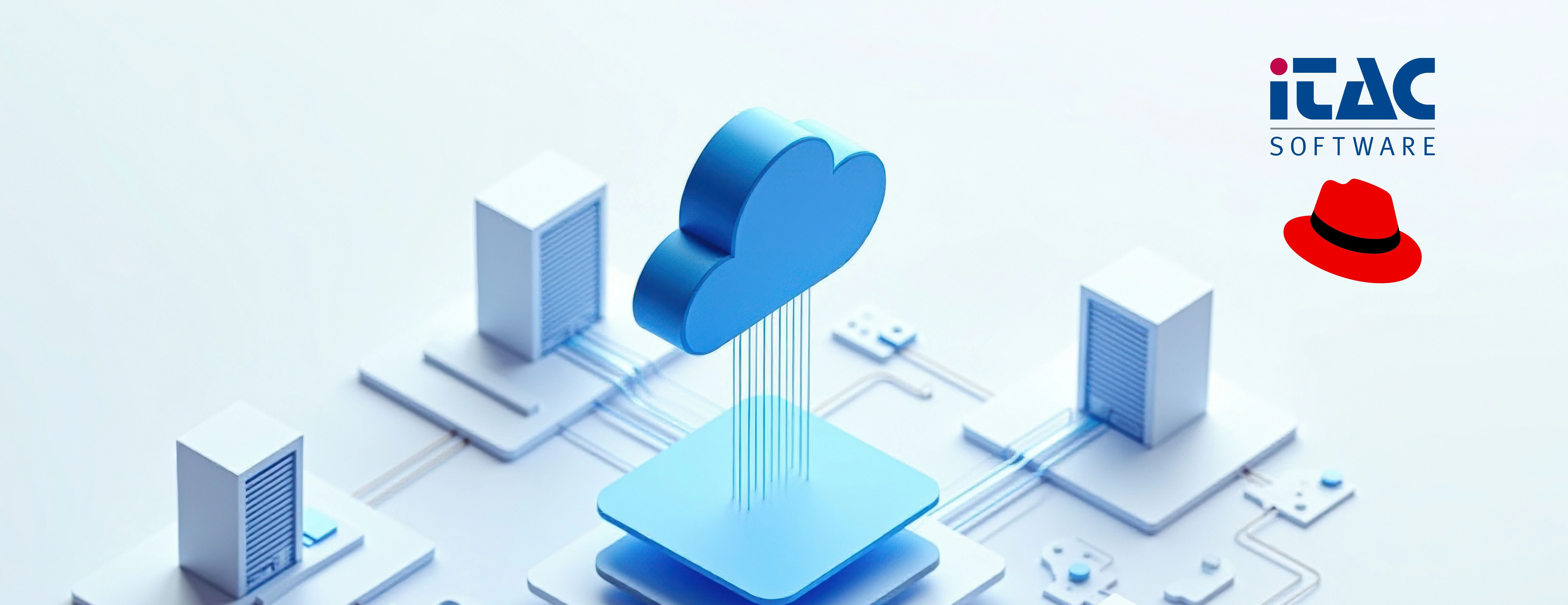Today's production networks are global, often consist of a mix of existing and new plants (Brownfield and Greenfield) and must be able to react dynamically to market changes. At the same time, products are being manufactured in increasingly shorter cycles and variants. Classic, monolithic MES systems are reaching their limits here. Open, easy-to-model platforms with a containerized architecture and flexible deployment models are required.
The requirements vary depending on the industry and corporate strategy. "Some companies consistently rely on cloud-first strategies, while others – such as those in regulated industries or with critical infrastructure – have to work on-premises for compliance or latency reasons. A modern MES or MOM platform must be able to map all worlds. And it must be both standardized and highly individualized," explains Martin Heinz, CEO of iTAC Software AG.
MES in transition: open, networkable, AI-capable
The increasing integration of AI applications and data-driven services also requires a rethink. These can only be used efficiently if the MES functions as an open, service-based platform that can be connected to modern IT stacks and existing systems.
iTAC supplies the iTAC.MOM.Suite, a comprehensive manufacturing operations management system. Red Hat OpenShift, the foundation for Red Hat's advanced compute platform, provides the technological basis for a containerized, highly automated platform. At its core is a microservice architecture based on open standards such as Helm, Apache Kafka and PostgreSQL.
The joint solution supports various operational models: from classic on-premises installations to hybrid scenarios and fully cloud-based setups. Edge applications, such as those for real-time requirements, can also be supported.
"The combination of OpenShift, GitOps principles and iTAC's MOM architecture addresses companies that want to digitalize their manufacturing processes quickly and easily. It emphasizes the consistent openness and modularization of industrial software," explains Morten Rohlfes, EMEA Director Edge and Industrial at Red Hat.
Operation and maintenance of the platform are largely automated. To this end, iTAC relies on OpenShift Operators and DevSecOps methods that enable simple development, management and configuration across the entire software lifecycle. In the future, AI-enabled functions will be added to the platform, for example for the automated documentation of system changes or the optimization of operating processes.

